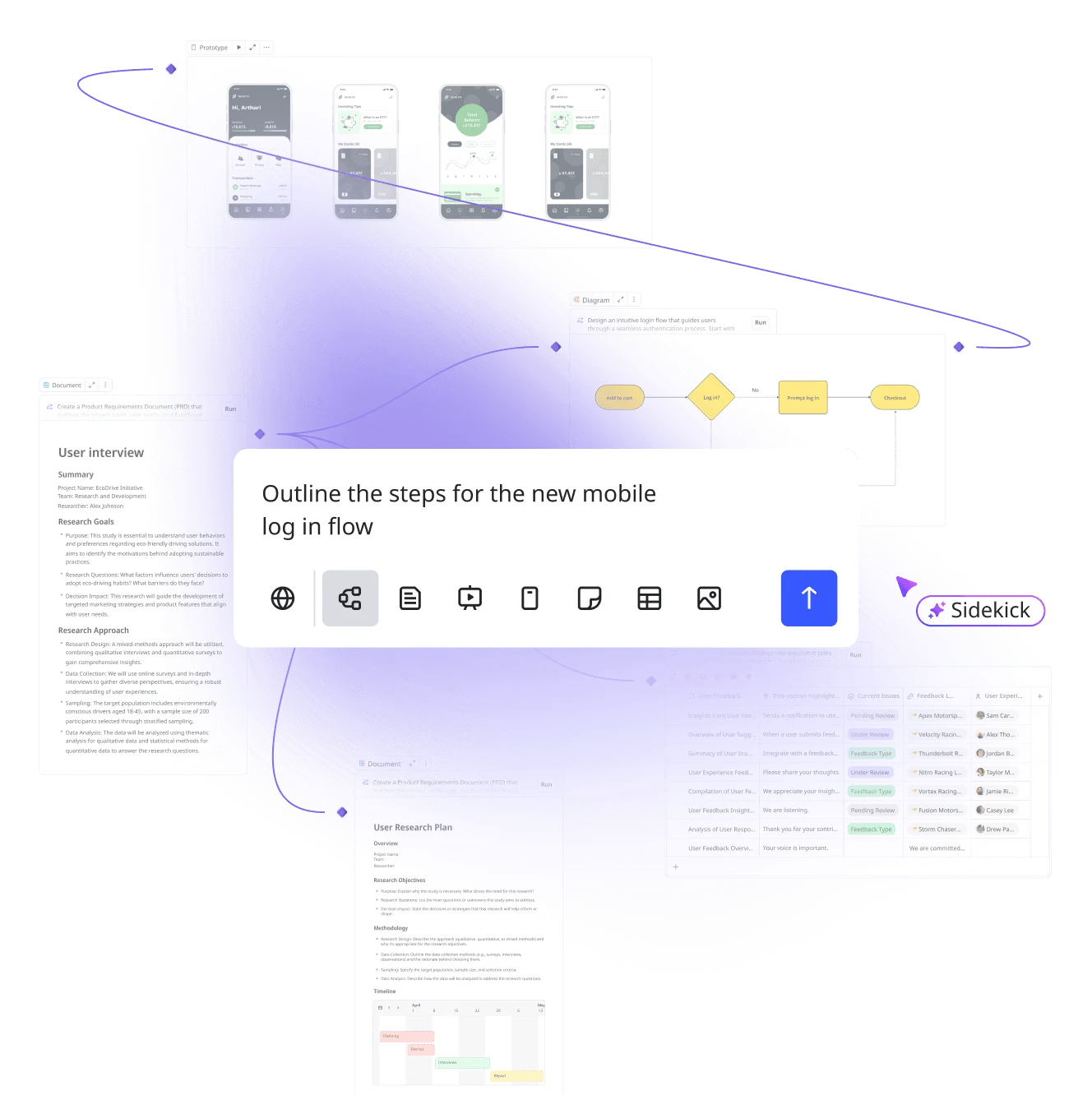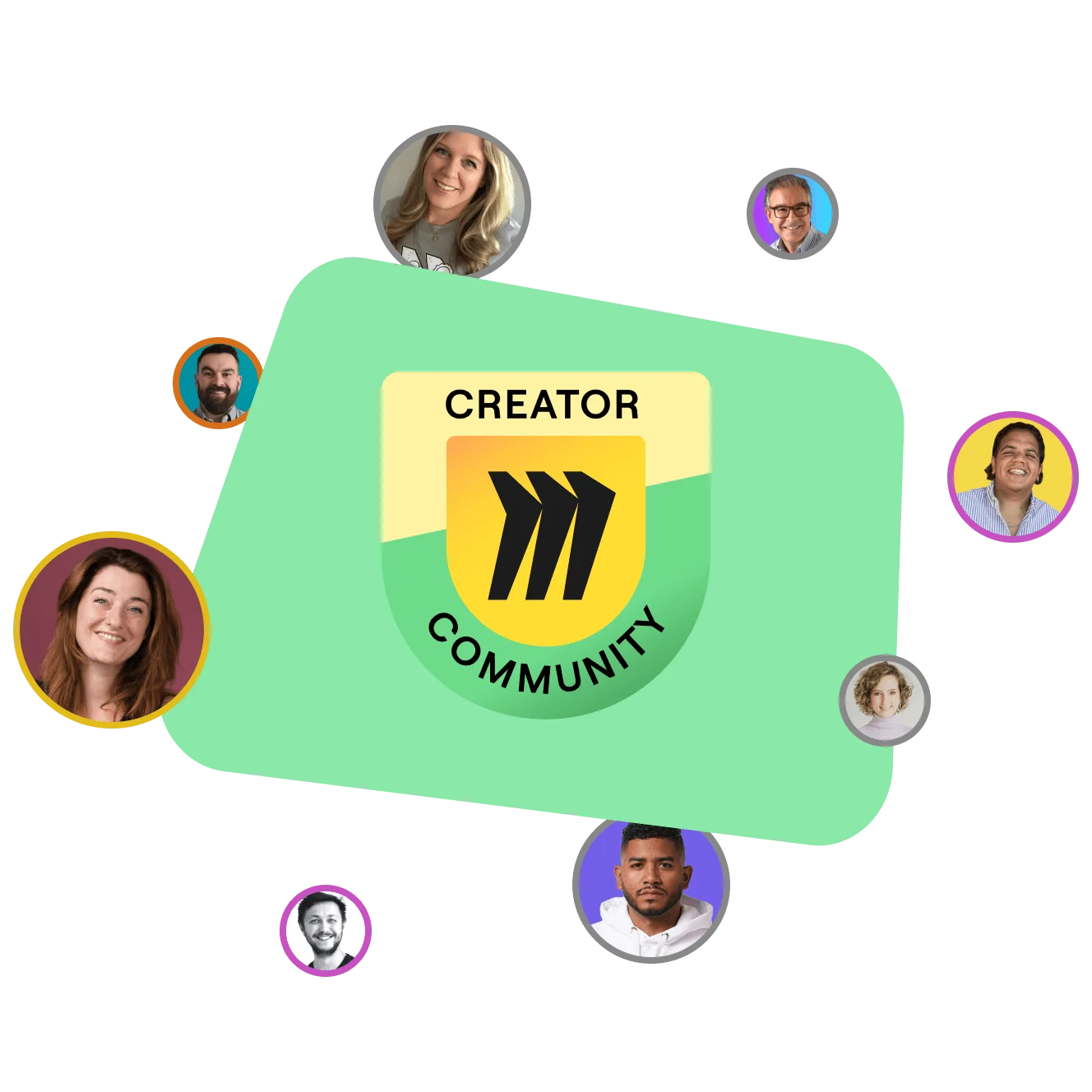Make. Share. Inspire.
Home Page Categories
Featured
Curated top picks from the community.

Product Leader
Challenge your product thinking and connect plans to impact.

Goal Setting
Set and refine your objectives and key results.
AI Playground

Project Planner

The Design Sprint by Jake Knapp

AI-Enabled Workflows for PMs


Product Leader
Challenge your product thinking and connect plans to impact.

Goal Setting
Set and refine your objectives and key results.
AI Playground

Project Planner

The Design Sprint by Jake Knapp

AI-Enabled Workflows for PMs


Product Leader
Challenge your product thinking and connect plans to impact.

Goal Setting
Set and refine your objectives and key results.
AI Playground

Project Planner

The Design Sprint by Jake Knapp

AI-Enabled Workflows for PMs

AI Accelerated
Speed through your team's biggest bottlenecks with AI-powered workflows that turn hours of manual work into minutes of smart collaboration.
View all
Workshop Planning
Create workshop boards customized to your client’s goals.
Feedback Synthesizer

Roadmap Planning Template

Pitch Deck Generator

Team Agreement & Rituals Workshop

Backlog Refinement With FLUID


Workshop Planning
Create workshop boards customized to your client’s goals.
Feedback Synthesizer

Roadmap Planning Template

Pitch Deck Generator

Team Agreement & Rituals Workshop

Backlog Refinement With FLUID


Workshop Planning
Create workshop boards customized to your client’s goals.
Feedback Synthesizer

Roadmap Planning Template

Pitch Deck Generator

Team Agreement & Rituals Workshop

Backlog Refinement With FLUID

New
Discover the latest templates from the Miro community — published daily.
View allWhite Minimalist Organizational Chart

Red Minimalist Organizational Chart

Black Minimalist Organizational Chart

White Minimalist Organizational Chart

Red Minimalist Organizational Chart

Black Minimalist Organizational Chart

White Minimalist Organizational Chart

Red Minimalist Organizational Chart

Black Minimalist Organizational Chart

Wireframing & prototyping
Miro's prototyping templates transform scattered ideas into interactive experiences that stakeholders can actually see, touch, and navigate. Stop explaining how your product will work—start showing it.
View all
Design Prototypes
Build prototypes that match your look and feel.

Design Wireframes
Design product wireframes with expert guidance.
From User Flow to Prototype

Mobile App Prototype Template

Responsive Mockups from Desktop to Mobile

Prototype Template

Mobile App Prototype Template


Design Prototypes
Build prototypes that match your look and feel.

Design Wireframes
Design product wireframes with expert guidance.
From User Flow to Prototype

Mobile App Prototype Template

Responsive Mockups from Desktop to Mobile

Prototype Template

Mobile App Prototype Template


Design Prototypes
Build prototypes that match your look and feel.

Design Wireframes
Design product wireframes with expert guidance.
From User Flow to Prototype

Mobile App Prototype Template

Responsive Mockups from Desktop to Mobile

Prototype Template

Mobile App Prototype Template

Image creation
Turn creative blocks into creative breakthroughs with visual tools that help your ideas take shape—no design degree required.Whether you're sketching a quick diagram for tomorrow's presentation or creating an infographic that makes data interesting, Miro's image creation templates give you exactly that creative freedom.
View allImage Style Mixer

Physical Product Visualizer

World Creator Moodboard

Moodboarding

Avatar Generation
Image Style Mixer

Physical Product Visualizer

World Creator Moodboard

Moodboarding

Avatar Generation
Image Style Mixer

Physical Product Visualizer

World Creator Moodboard

Moodboarding

Avatar Generation
Agile
Minimize the time needed to synthesize and distribute findings after a meeting, and move straight into executing strategies with Miro's Agile templates collection. From kanban framework to agile roadmaps, find everything you need to bring teams up to speed.
View all
Agile Coaching
Improve team workflows with pragmatic Agile Coaching.

Tech Spec Writing
Write detailed technical specs and acceptance criteria.
Sprint Planning Template

Change Log Template

Daily Stand-up Meeting Template

Backlog Refinement With FLUID

Innovación social en 20 pasos y 20 prompts


Agile Coaching
Improve team workflows with pragmatic Agile Coaching.

Tech Spec Writing
Write detailed technical specs and acceptance criteria.
Sprint Planning Template

Change Log Template

Daily Stand-up Meeting Template

Backlog Refinement With FLUID

Innovación social en 20 pasos y 20 prompts


Agile Coaching
Improve team workflows with pragmatic Agile Coaching.

Tech Spec Writing
Write detailed technical specs and acceptance criteria.
Sprint Planning Template

Change Log Template

Daily Stand-up Meeting Template

Backlog Refinement With FLUID

Innovación social en 20 pasos y 20 prompts

Diagramming & mapping
Check off all the essential steps of your diagramming process and have a complete overview of operations with our diagramming templates collection. Motivate your team to take action and reach your desired project outcomes.
View all
AWS Solution Architecture
Helps improve AWS architectures per AWS best practices.

Software Architecture
Create diagrams and docs for good software design.
AWS Cloud Infrastructure Optimization Template
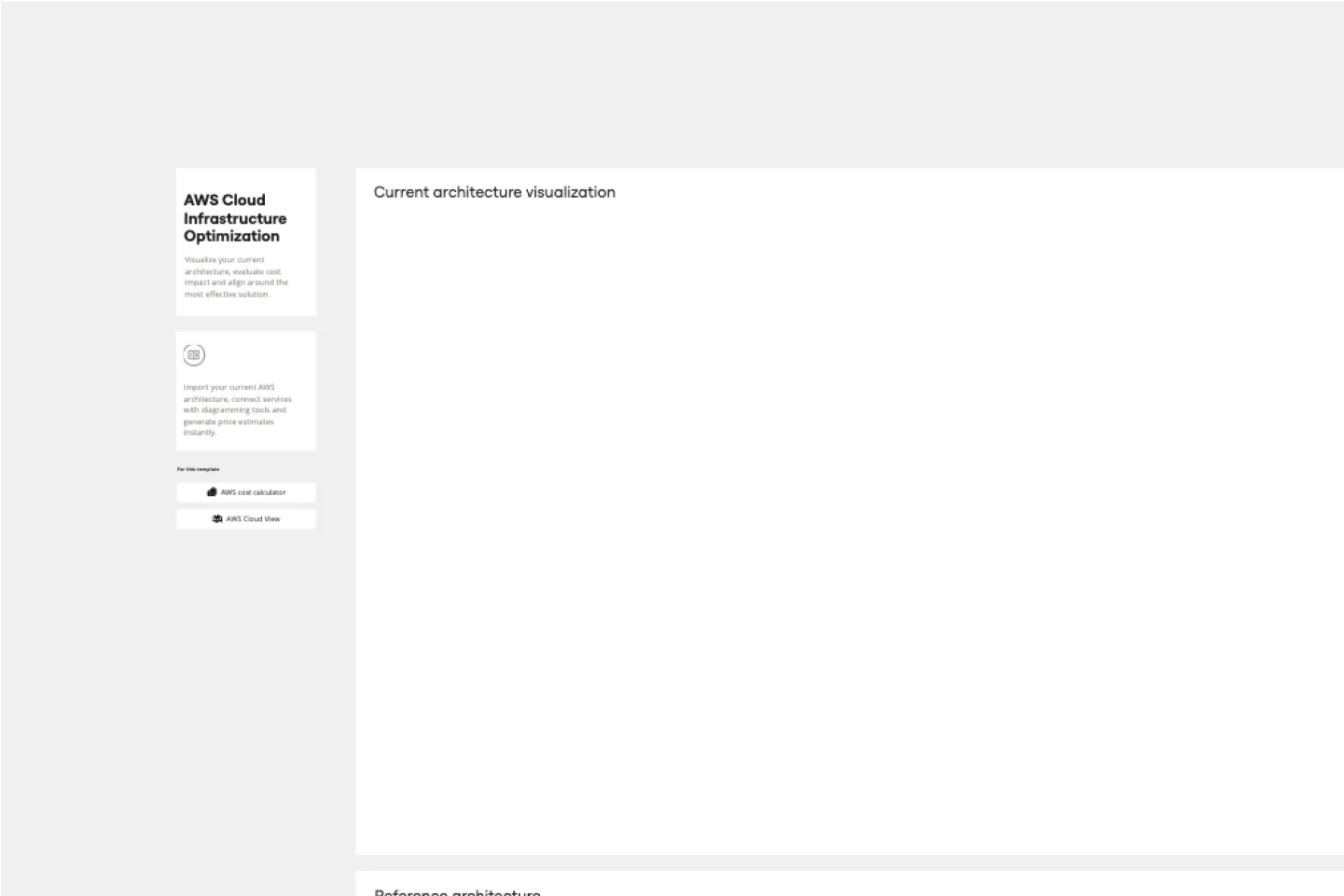
Systems Mapping Toolkit for Beginners

Mind Map Template
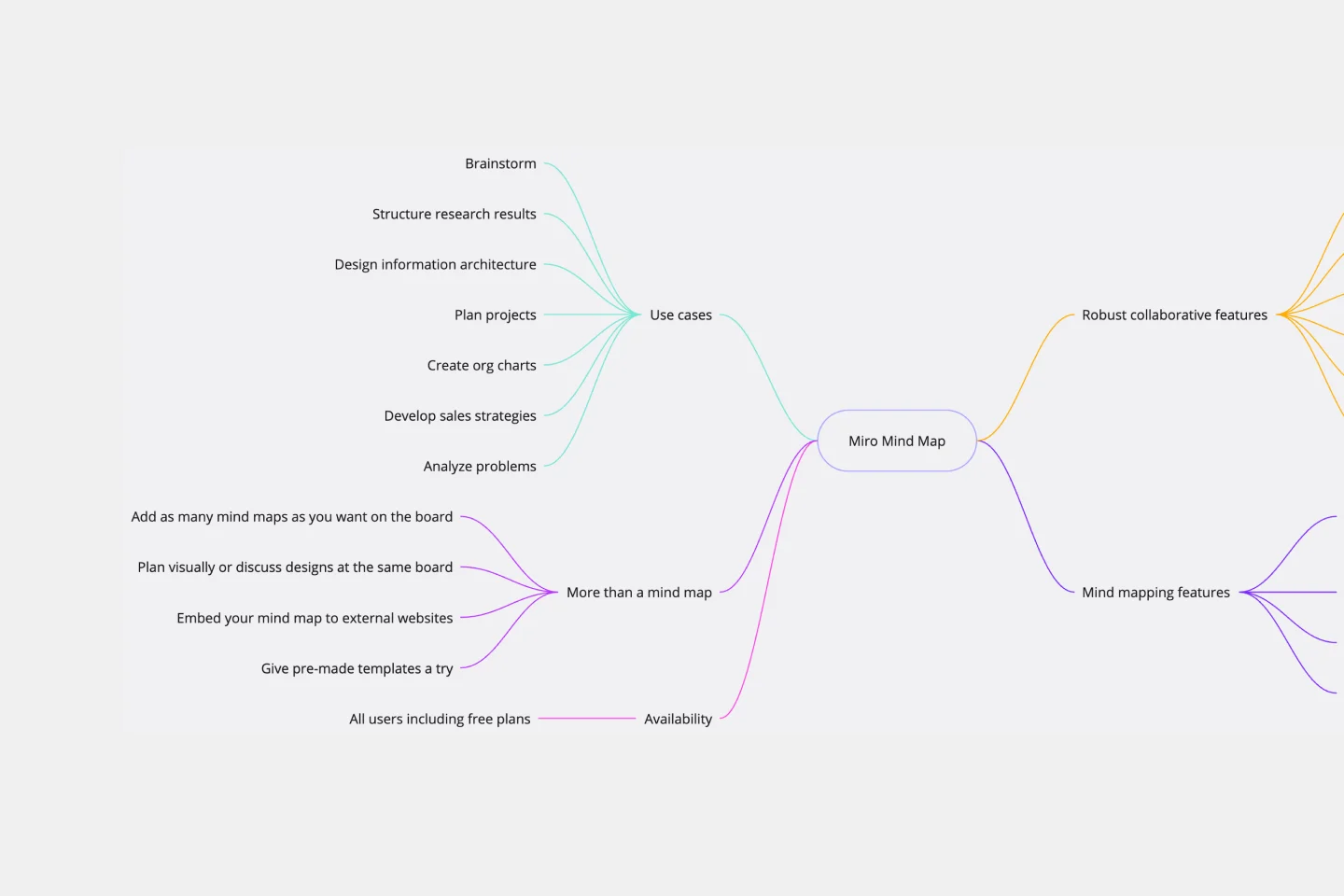
White Minimalist Organizational Chart

Black Minimalist Organizational Chart


AWS Solution Architecture
Helps improve AWS architectures per AWS best practices.

Software Architecture
Create diagrams and docs for good software design.
AWS Cloud Infrastructure Optimization Template

Systems Mapping Toolkit for Beginners

Mind Map Template

White Minimalist Organizational Chart

Black Minimalist Organizational Chart


AWS Solution Architecture
Helps improve AWS architectures per AWS best practices.

Software Architecture
Create diagrams and docs for good software design.
AWS Cloud Infrastructure Optimization Template

Systems Mapping Toolkit for Beginners

Mind Map Template

White Minimalist Organizational Chart

Black Minimalist Organizational Chart

Meetings & workshops
Bring in-person energy to ice breakers, retrospectives, design sprints, and beyond. Facilitate meetings seamlessly and keep everyone engaged at all times, fostering collaboration and understanding inside your organization.
View all
Workshop Planning
Create workshop boards customized to your client’s goals.

Workshop Recap
Transform workshop outcomes into clear, structured recaps.
4 L's Retrospective Template

Extreme Backlog Cleaning

Start, Stop, Continue Template

Basic Organogram Template

Team Agreement & Rituals Workshop


Workshop Planning
Create workshop boards customized to your client’s goals.

Workshop Recap
Transform workshop outcomes into clear, structured recaps.
4 L's Retrospective Template

Extreme Backlog Cleaning

Start, Stop, Continue Template

Basic Organogram Template

Team Agreement & Rituals Workshop


Workshop Planning
Create workshop boards customized to your client’s goals.

Workshop Recap
Transform workshop outcomes into clear, structured recaps.
4 L's Retrospective Template

Extreme Backlog Cleaning

Start, Stop, Continue Template

Basic Organogram Template

Team Agreement & Rituals Workshop

Research & design
Our research and design templates empower collaborative design sprints, customer journeys maps, wireframes, and beyond from hypothesis to hand-off. Create a visual project hub where you aggregate and organize all that information to make sense for your project.
View all
Content Design Review
Get content design feedback on prototypes and flows.

UX Research
Plan studies, collect data, and uncover user insights.
Design Critique Template

Mountain of Tomorrow - Project Launch Canvas

Customer Journey Map Template
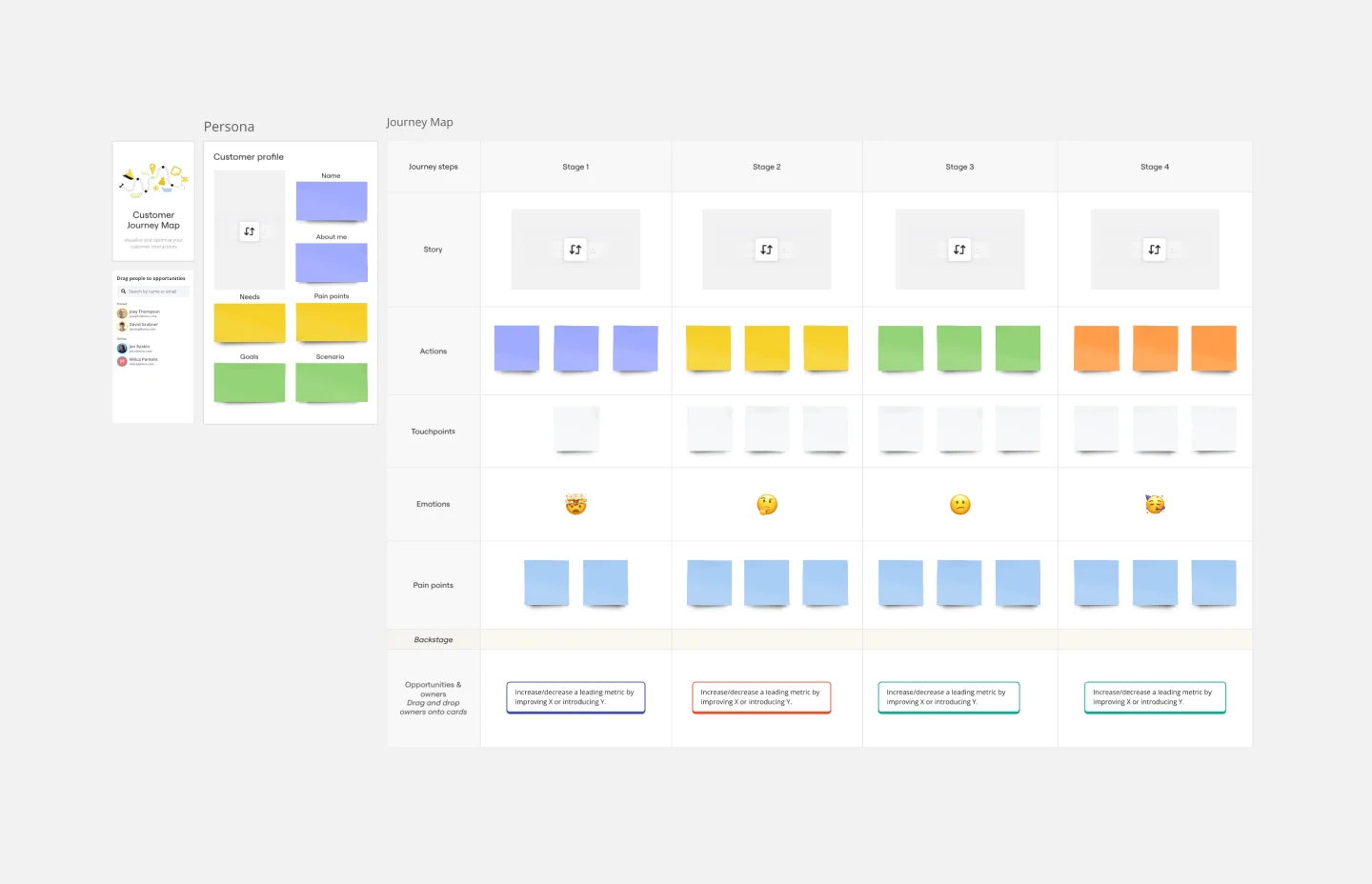
Innovación social en 20 pasos y 20 prompts

Growth Experiment Machine


Content Design Review
Get content design feedback on prototypes and flows.

UX Research
Plan studies, collect data, and uncover user insights.
Design Critique Template

Mountain of Tomorrow - Project Launch Canvas

Customer Journey Map Template

Innovación social en 20 pasos y 20 prompts

Growth Experiment Machine


Content Design Review
Get content design feedback on prototypes and flows.

UX Research
Plan studies, collect data, and uncover user insights.
Design Critique Template

Mountain of Tomorrow - Project Launch Canvas

Customer Journey Map Template

Innovación social en 20 pasos y 20 prompts

Growth Experiment Machine

Ideation & brainstorming
Create a space for the best ideas to rise with our brainstorming templates collection. Facilitate processes offering teams the space and tools they need for blue-sky thinking.
View all
Brainstorming
Inspire new ideas and run great brainstorms.
Brainwriting Template

AJ&Smart's Lightning Decision Jam (LDJ) Workshop

Crazy Eights

Basic Organogram Template

The “Smokin’ Ideas!” Canvas


Brainstorming
Inspire new ideas and run great brainstorms.
Brainwriting Template

AJ&Smart's Lightning Decision Jam (LDJ) Workshop

Crazy Eights

Basic Organogram Template

The “Smokin’ Ideas!” Canvas


Brainstorming
Inspire new ideas and run great brainstorms.
Brainwriting Template

AJ&Smart's Lightning Decision Jam (LDJ) Workshop

Crazy Eights

Basic Organogram Template

The “Smokin’ Ideas!” Canvas

Presentation & slides
Engage your stakeholders and get buy-in creating eye-catching presentations. Use Miro's presentation templates collection and improve your storytelling skills and bargaining power.
View all
Presentation Storytelling
Develop and refine your narrative and storytelling.

Audience Simulator
Simulate different audience types to adapt your messaging.
Pitch Deck Generator

Pitch Perfect Deck - Story Flow

Go To Market Plan
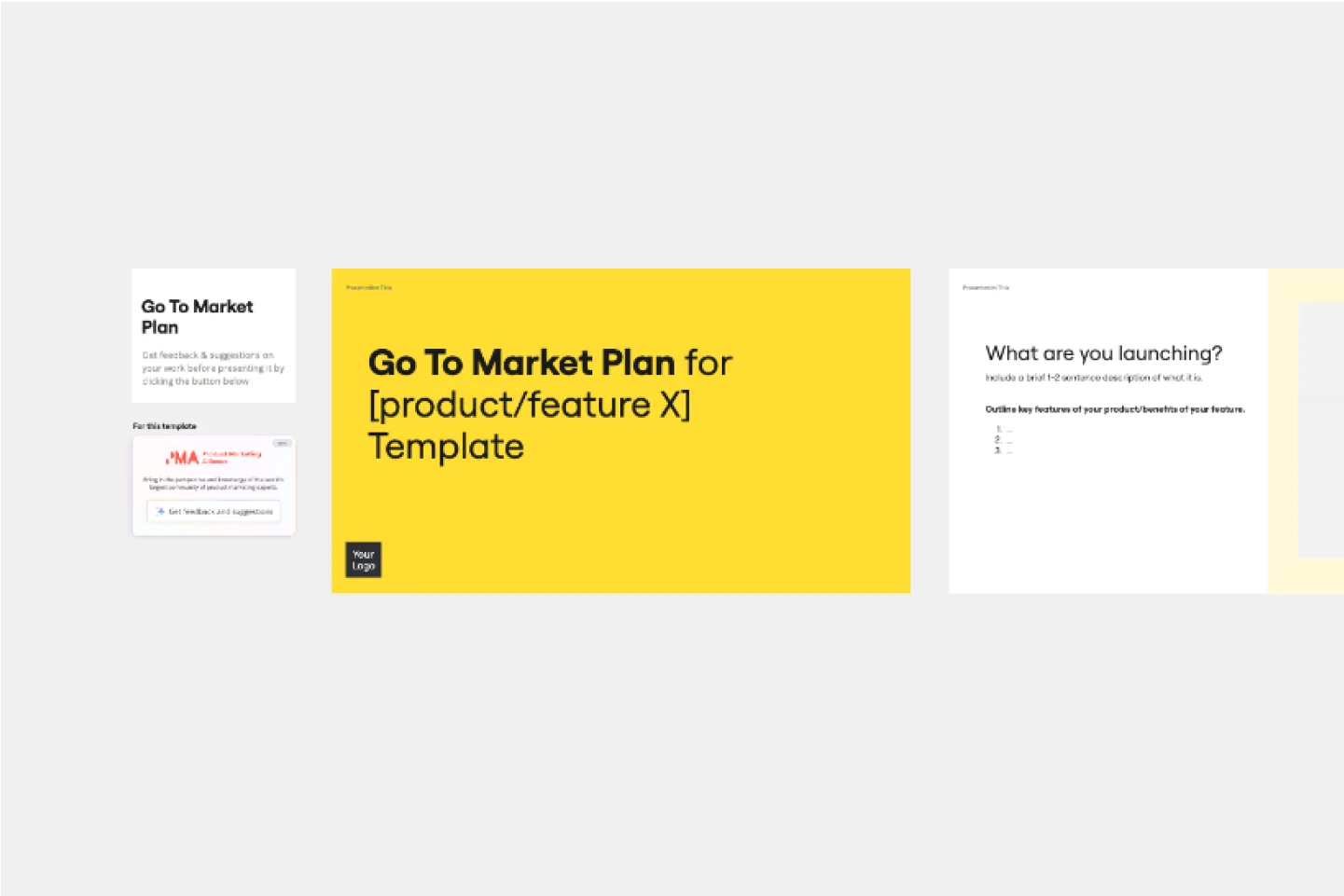
Stakeholder Communication (Four Ears)

Business Model Visualizer


Presentation Storytelling
Develop and refine your narrative and storytelling.

Audience Simulator
Simulate different audience types to adapt your messaging.
Pitch Deck Generator

Pitch Perfect Deck - Story Flow

Go To Market Plan

Stakeholder Communication (Four Ears)

Business Model Visualizer


Presentation Storytelling
Develop and refine your narrative and storytelling.

Audience Simulator
Simulate different audience types to adapt your messaging.
Pitch Deck Generator

Pitch Perfect Deck - Story Flow

Go To Market Plan

Stakeholder Communication (Four Ears)

Business Model Visualizer

Strategy & planning
Propel your plans from strategy through to execution with templates for planning sessions, plan prioritization, visual presentations, and beyond. Visually map processes and have a shared understanding of what to do next.
View all
Goal Setting
Set and refine your objectives and key results.

Product Brief Writing
Turn board content into clear, strategic product briefs.
Roadmap Planning Template

Project Planner Super Edition

Product Brief Brainstorm Template
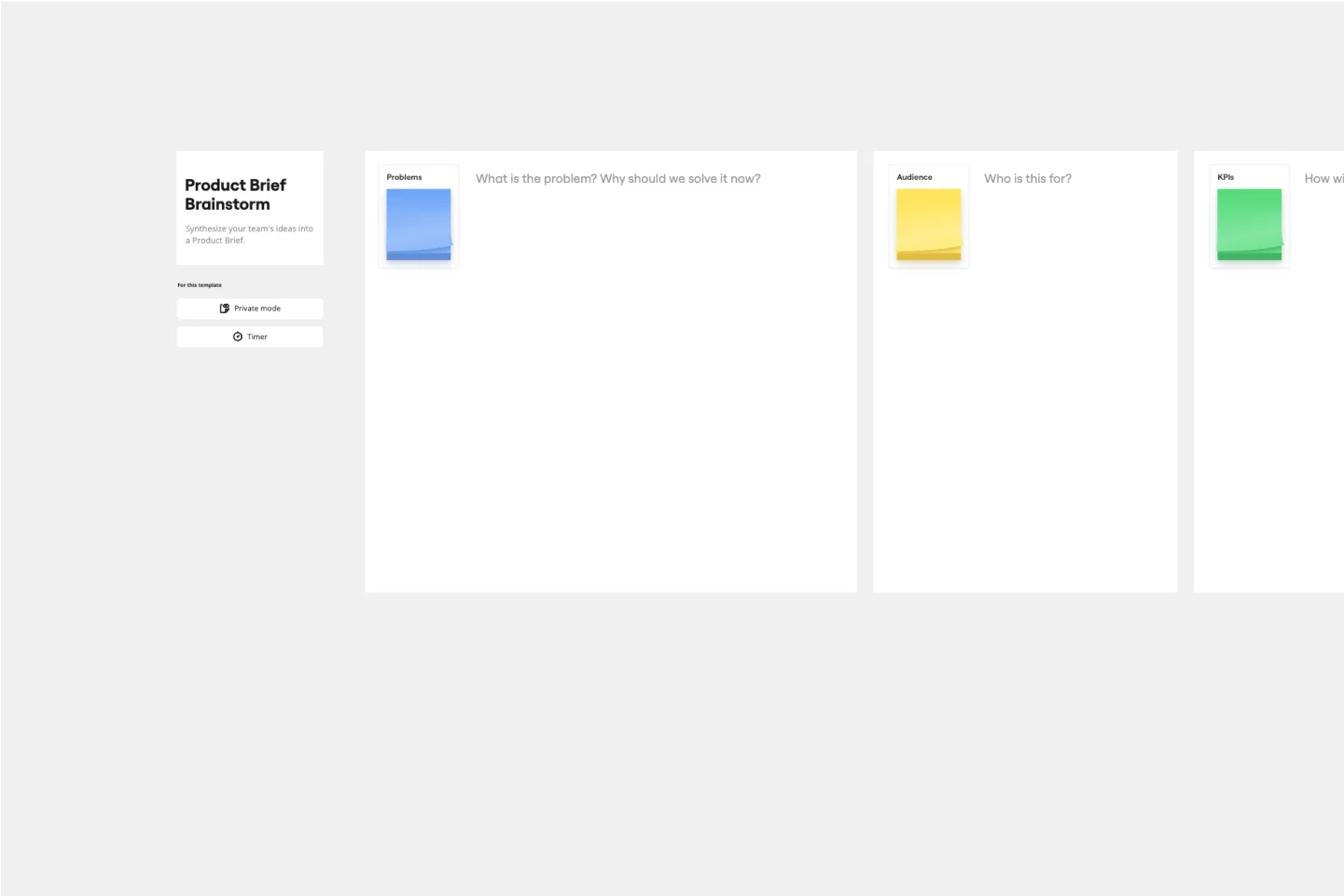
White Minimalist Organizational Chart

Red Minimalist Organizational Chart


Goal Setting
Set and refine your objectives and key results.

Product Brief Writing
Turn board content into clear, strategic product briefs.
Roadmap Planning Template

Project Planner Super Edition

Product Brief Brainstorm Template

White Minimalist Organizational Chart

Red Minimalist Organizational Chart


Goal Setting
Set and refine your objectives and key results.

Product Brief Writing
Turn board content into clear, strategic product briefs.
Roadmap Planning Template

Project Planner Super Edition

Product Brief Brainstorm Template

White Minimalist Organizational Chart

Red Minimalist Organizational Chart

